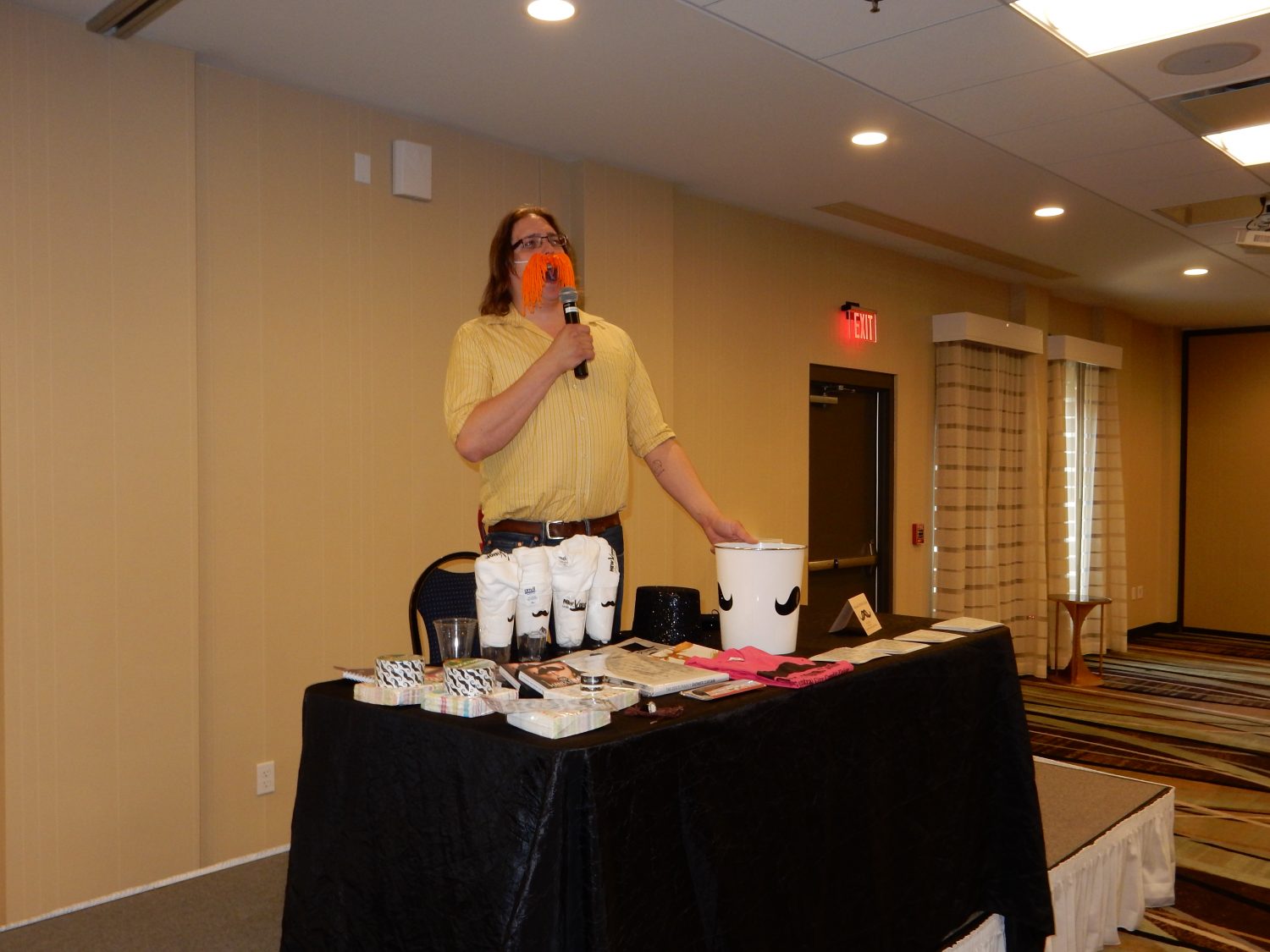MAPS encourages adoptions as cats flood shelter

By Karen Rau
MAPS President
It may have an adorable name, but “kitten season,” the term for the four to five months every year where there is in an influx of kittens into a pet shelter, sadly often means a shelter full of homeless cats and kittens.
Since obtaining the stray contract with the city of Marshfield in September of 2015, Marshfield Area Pet Shelter (MAPS) has had an average of 88 kittens come in every year during kitten season alone.
“That may not seem like a lot, but that’s on top of the other stray cats that are brought in daily,” said Kaitlin Loberg, shelter manager. “In fact, because all of the stray cats are out and about mating, we also see a rise in stray adults coming into the shelter, albeit not nearly the same spike in numbers that we see with the kittens.”
Kitten season usually starts in early spring and lasts throughout the summer and sometimes well into the fall. As the weather warms up, intact — meaning not spayed or neutered — male and female cats are driven by a biological instinct to find mates and reproduce.
“This is why veterinarians tell you that your cat or dog is less likely to run away if they are spayed or neutered because they are less likely to wander off looking for a mate,” said Loberg. “What happens during kitten season is that all of these intact stray cats come out of their winter homes and reproduce, causing a huge increase in litters of kittens being born.”
Spaying and neutering pets is the No. 1 way pet owners can help prevent homeless kittens, which, by extension, helps pet shelters and the community at large.
“Spay and neuter. Everyone says that their cat never goes outside or escapes the house … right up until the day that they do,” said Loberg. “Cats have perfected reproduction to the point that your female cat can be gone from the house for 24 hours and come home pregnant. They can get pregnant starting at just 4 months of age, and they will mate with a sibling or parent if left intact.”
With numerous local cost-effective spay and neuter options, Loberg encourages those who think they cannot afford the surgery to take advantage of lower cost options if needed.
“The surgery itself is pretty straightforward, and pets tend to bounce back immediately afterwards,” she said. “It is one simple procedure that could save the lives of hundreds of cats down the road.”
There are numerous pitfalls to kitten season, a significant one being space constraints. Though MAPS’ temporary shelter serves the nonprofit well for most of the year, kitten season provides a strong reminder of its limitations.
“The biggest problem with kitten season is that we are forced to stretch our already limited resources further and further to care for the large uptake in cats and kittens,” said Loberg. “Our shelter begins to fill up very quickly, and space is the most difficult resource for us at the moment.”
Loberg added that having more cats in the shelter also increases the likelihood of disease, thus more resources are needed to prevent and treat illness.
“Another problem that tends to get overlooked is that when a shelter has a large number of kittens available for adoption, the older cats tend to get overlooked for the younger and cuter felines,” added Loberg. “This means our adult cats spend more time at the shelter.”
For those who do not currently own a pet, there are still ways to help during kitten season overpopulation, such as volunteering, donating, or adoption.
“Consider adopting an older pet who has been at the shelter and has been overlooked by the numerous kittens that come into the shelter this time of the year,” she said.
As a problem that increases due to human negligence, it is the responsibility of humans to remedy overpopulation by spaying/neutering, advocating, and educating.
“Feline overpopulation is a well-documented but under-reported problem that we as pet owners have caused ourselves, so we need to take responsibility and figure out a way to help resolve it,” said Loberg. “Cats and dogs have become a staple in the American household and in recent years have become more and more like members of the family. Now, we need to understand that we are just as responsible for the cats and dogs that end up on the street as we are for our own pets.”
Currently, there are more than 80 MAPS cats and kittens that are in need of forever homes. This month, by adopting one cat or kitten, the adoption fee for a second cat is half the price. Also, senior citizens looking to adopt a cat can take advantage of MAPS’ Seniors for Seniors program, which matches an eligible cat, typically age 7 or more, with a person age 60 or older at a reduced adoption fee of $25.
Contact MAPS at www.MarshfieldPetShelter.org or 715-486-5140 for more information, or visit the Adoption Center at Marshfield Mall during open hours Monday-Friday 4:30-6 p.m. and Saturday 11 a.m. – 2 p.m.
Note: A version of this article originally appeared on Focus on Marshfield.
Leave a reply
You must be logged in to post a comment.






